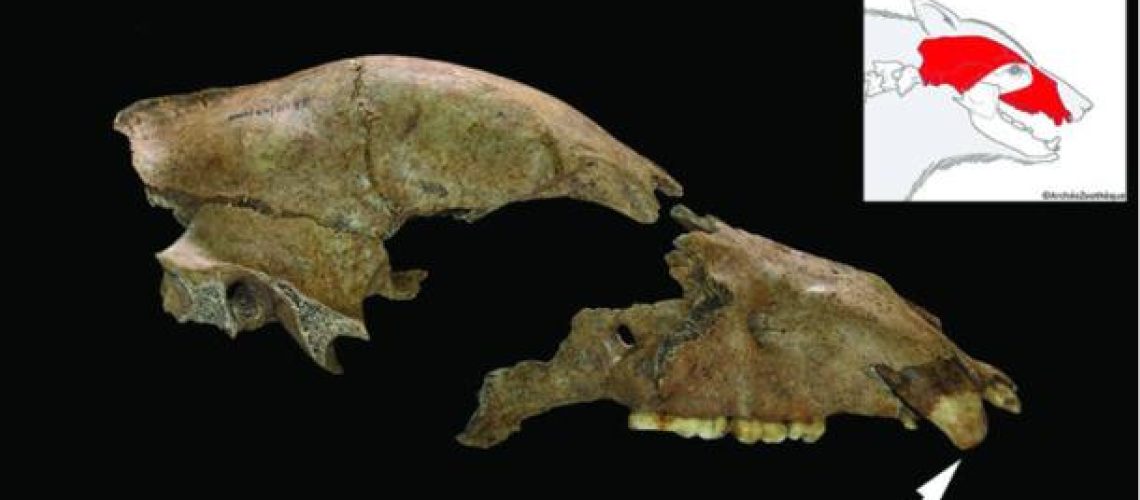
Archaeological evidence has finally confirmed what Roman historians have long documented – gladiators really did battle ferocious bears in ancient amphitheaters. A groundbreaking study of a 1,700-year-old brown bear skull discovered at the Viminacium archaeological site in Serbia provides the first physical proof of these deadly encounters. The fossilized remains reveal traumatic injuries and signs of prolonged captivity, offering unprecedented insight into the brutal spectacles that entertained Roman crowds.
The remarkable discovery was made near the amphitheater at Viminacium, once a thriving Roman military base and provincial capital in modern-day Serbia. Scientists from Belgrade’s Institute of Archaeology analyzed the bear skull using advanced techniques, uncovering evidence that transforms our understanding of Roman entertainment practices.
- The Mind-Blowing Architecture and Engineering of Rome’s Colosseum
- The Colosseum – From Gladiator Fights to Gory Executions and Sea Battles


